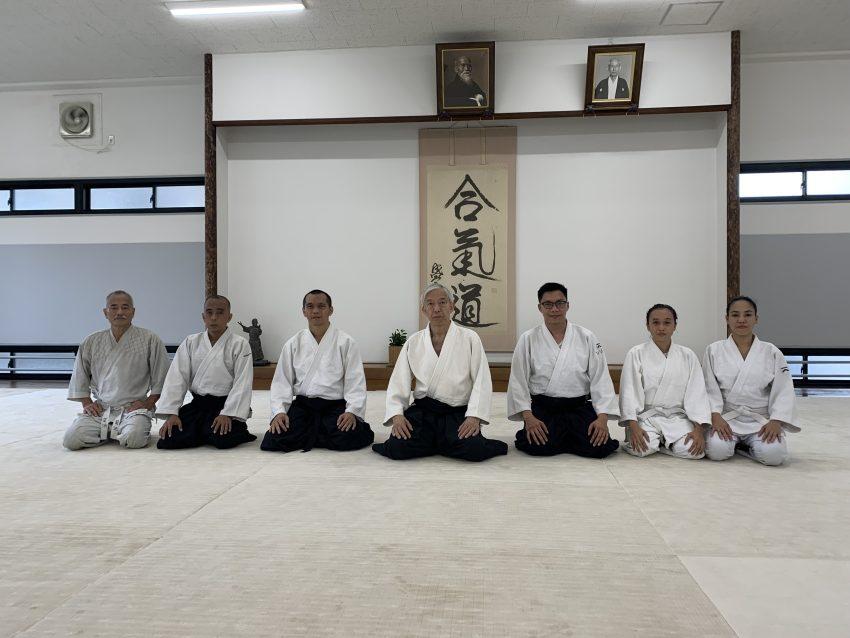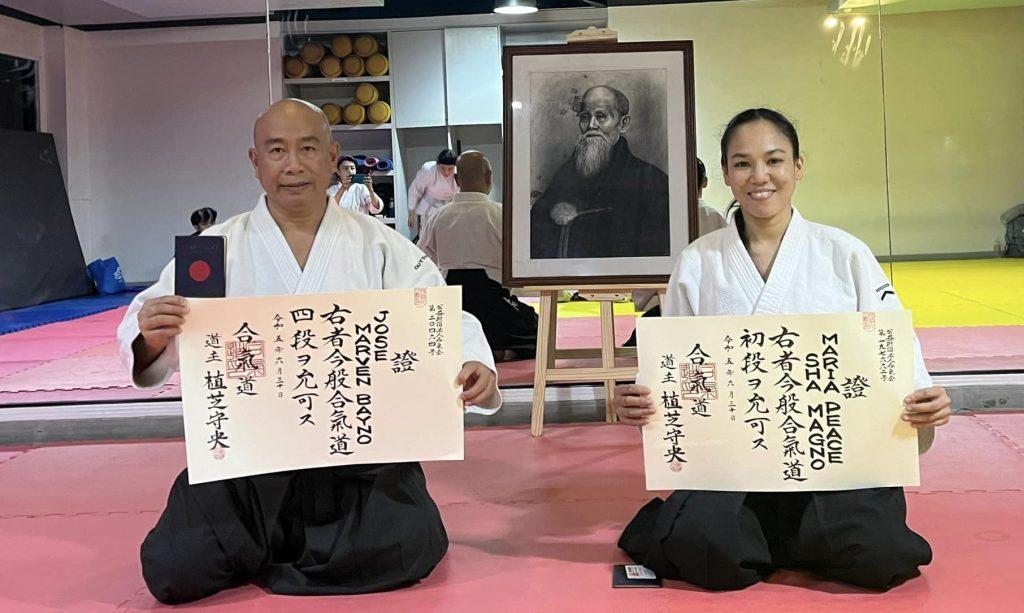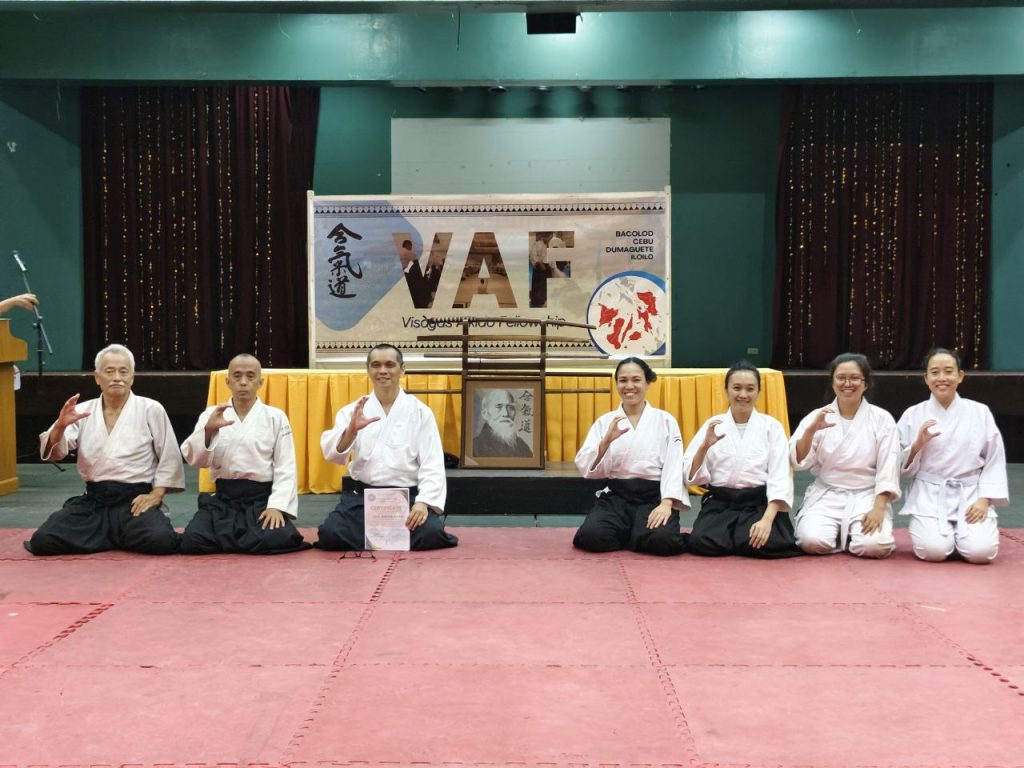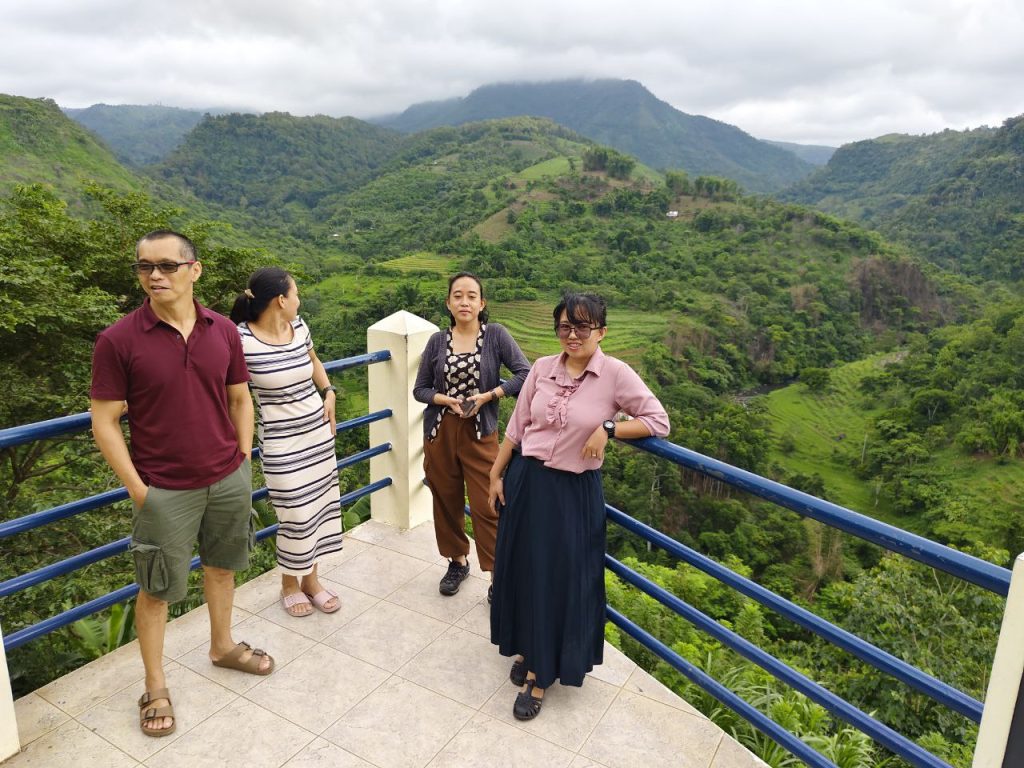In a quest to delve deeper into the origins of Aikido and connect with its spiritual essence, Citi Aikido Cebu embarked on a transformative journey to Japan. The destination: Iwama, the cradle of Aikido, and Hombu Dojo in Shinjuku. This unique expedition provided practitioners with the opportunity to experience Aikido in the present day through the guidance of esteemed instructors, Hitohiro Saito Sensei and Moriteru Ueshiba.
I. Iwama - Embracing Aikido's Origins
Stepping foot into Iwama, the birthplace of Aikido's essence, the members of Citi Aikido Cebu were eager to experience the teachings of Hitohiro Saito Sensei. As the son of the renowned Morohiro Saito Sensei, who was a devoted student of Aikido's founder, Morihei Ueshiba (O-sensei), Hitohiro Sensei carried the torch of his father's legacy.
Under the guidance of Hitohiro Saito Sensei, the participants immersed themselves in the traditional practices and techniques that O-sensei had imparted to his students in Iwama. The pristine landscapes and the authentic atmosphere of Iwama allowed the practitioners to connect with Aikido's roots on a profound level, understanding how the art has evolved while preserving its core principles.
II. Hombu Dojo - A Glimpse of Aikido's Evolution
The journey then took the Citi Aikido Cebu team to Hombu Dojo in Shinjuku, Tokyo. Here, they had the incredible opportunity to train under the guidance of the third Doshu, Moriteru Ueshiba, O-sensei's grandson. Moriteru Ueshiba's leadership showcased the evolution of Aikido over generations, combining traditional teachings with modern approaches.
The dojo's vibrant atmosphere and the presence of skilled practitioners provided a glimpse into how Aikido has evolved while staying true to its founder's vision. The Cebu practitioners absorbed the essence of Aikido as it stands in the present day, experiencing the profound influence of O-sensei's teachings on subsequent generations.
III. Embracing the Teachings of O-sensei Across Generations
Throughout their journey, the members of Citi Aikido Cebu were able to witness the continuity of O-sensei's teachings through various generations. At Hombu Dojo, they experienced how O-sensei's instructions had been passed down to his son, Kisshomaru Ueshiba, and how these principles have been carried forward by Moriteru Ueshiba.
Moreover, in Iwama, through Morohiro Saito Sensei, they were able to glimpse the direct transmission of Aikido's core teachings from O-sensei to his dedicated students. This journey allowed the Cebu practitioners to witness the unwavering commitment of the Aikido lineage in preserving the art's authenticity.
Conclusion
The pilgrimage of Citi Aikido Cebu to Iwama and Hombu Dojo was a transformative experience, providing practitioners with a deep connection to the roots and evolution of Aikido. The teachings of Hitohiro Saito Sensei in Iwama and Moriteru Ueshiba at Hombu Dojo demonstrated the timeless wisdom and enduring spirit of Aikido, passed down from one generation to the next.
As the Cebu practitioners returned home, they carried with them a profound appreciation for Aikido's essence and a renewed commitment to further their practice. The journey to Japan had not only enriched their understanding of Aikido's origins but also reinforced the enduring legacy of O-sensei's teachings, inspiring them to continue walking the path of harmony and unity that Aikido embodies.




